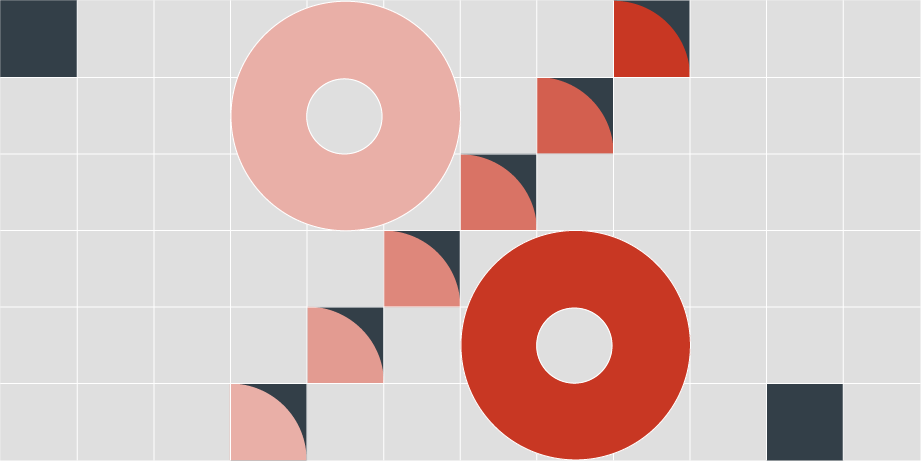Will tapering lead to rising interest rates?
As the economy recovers, voices are getting louder to withdraw monetary policy support. Does this pose a threat of further interest rate hikes? The past years show that US interest rates have risen in phases of bond purchases, but fell when purchasing programmes or the Fed balance sheet were reduced. There is therefore no indication that a reduction in bond purchases must be negative for bond prices.


Dr. Harald Henke
Head of Fixed Income Portfolio Management
Central banks worldwide have been supporting the capital markets through bond purchases since the Global Financial Crisis. The Federal Reserve (Fed) has been implementing its fourth „Quantitative Easing“ (QE) programme since March 2020 in the wake of the corona virus pandemic. QE4 was also accompanied by far-reaching fiscal stimulus programmes to mitigate the impact of the lock-downs. During the recovery, which is taking shape as the vaccination campaign continues, interest rates and inflation expectations have risen. Accordingly, voices are increasingly being raised within the US Federal Reserve to gradually cale back the bond-buying programmes („tapering“).
| PHASES OF QUANTITATIVE EASING | |
|---|---|
| QE1 | December 2008 to March 2010 |
| QE2 | November 2010 to June 2011 |
| QE3 | September 2012 to October 2014 |
| QE4 | March 2020 |
Some investors fear negative effects of such a decision on the bond markets, since in this case a large bond buyer would disappear. This raises the question of what to expect for government bond yields should the Fed‘s bond purchases be scaled back. A look at the effects of the four QE episodes so far on interest rates, however, eveals a surprising picture.
As can be seen in chart 1, ten-year US interest rates have risen in all four phases of the Fed‘s quantitative easing.
QE1: from approx. 2.6% to almost 4%
QE2: from approx. 2.5% to 3.2%
QE3: from approx. 1.75% to 2.35
QE1 and QE2 expired after the target amount of Fed purchases was reached. QE3, however, did not end abruptly, but was completed by a gradual reduction of purchases to zero and therefore also contains the phase of purchase reduction. Although QE4 has not yet expired, there has been a significant rise in interest rates here as well.
Ten-year US interest rates during quantitative easing
Ten-year US interest rates during tapering and Fed balance sheet reduction
The end of QE1 and QE2 each led to a massive drop in interest rates. Looking at the tapering of QE3 and the active reduction of the Fed‘s balance sheet from January 2018 to July 2019, one can get an indication of what a scaling back of the current purchase programme could entail in terms of interest rate movement.
Although the announcement of the tapering of QE3 in Q2/2013 led to a significant rise in interest rates, the actual scaling back of the purchase programme had the effect of lowering interest rates. During the tapering in 2014, ten-year US interest rates fell from 2.9% to 2.35%. The active balance sheet reduction in 2018/19 also resulted in falling interest rates. For example, Treasury rates fell by a full percentage point from 2.85% to 1.85% between January 2018 and July 2019.
This movement initially appears counterintuitive, as the absence of a large buyer implies falling prices and thus rising interest rates. However, there are other indirect effects that counteract and possibly overcompensate for the reduction of central bank demand. Since a large share of monetary stimulus has gone into riskier assets such as equities, an end to Fed purchases also means headwinds for their prices. This can lead to portfolio shifts by investors towards lower-risk government bonds („flight to quality“). This substitution effect lowers interest rates.
There is also the possibility that sovereigns will reduce their bond issuance if a large buyer exits, especially since the reduction in bond purchases is associated with economic recovery and thus less need for fiscal stimulus. It is therefore far from obvious that a reduction in the Fed‘s bond purchases will have an increasing effect on the yields of US government bonds. Taking the past as a measure, interest rates could even fall as soon as the Fed withdraws its support. As a global lead market, this would also have an impact on other interest rate markets such as Europe.